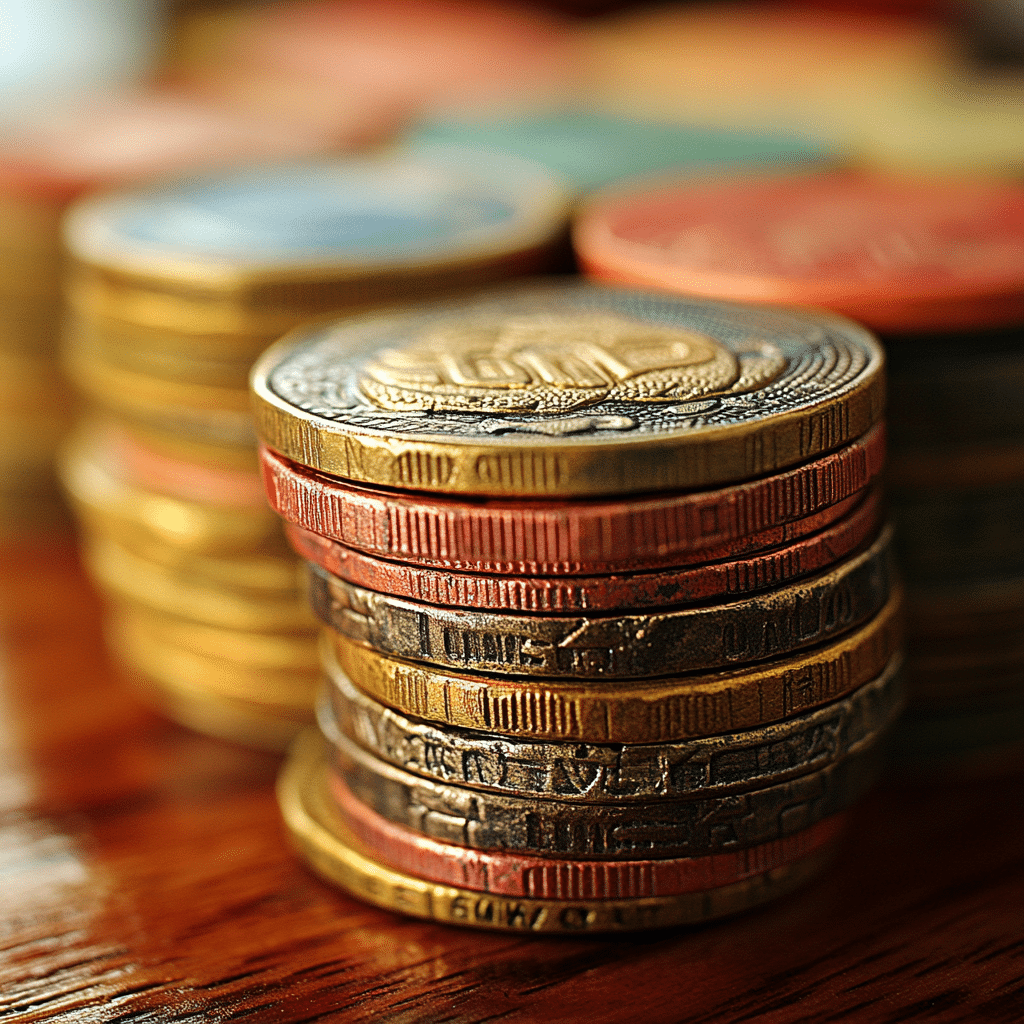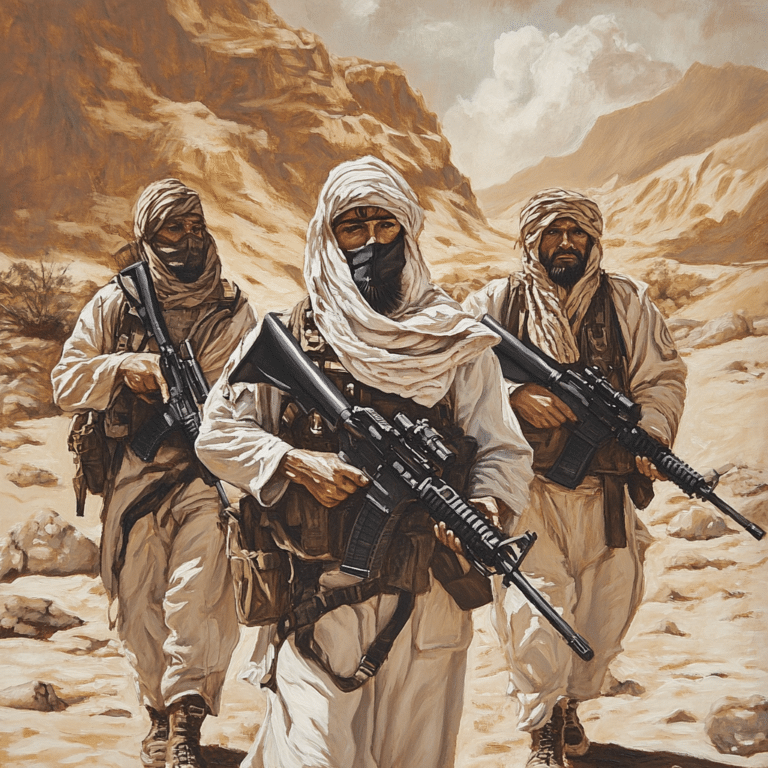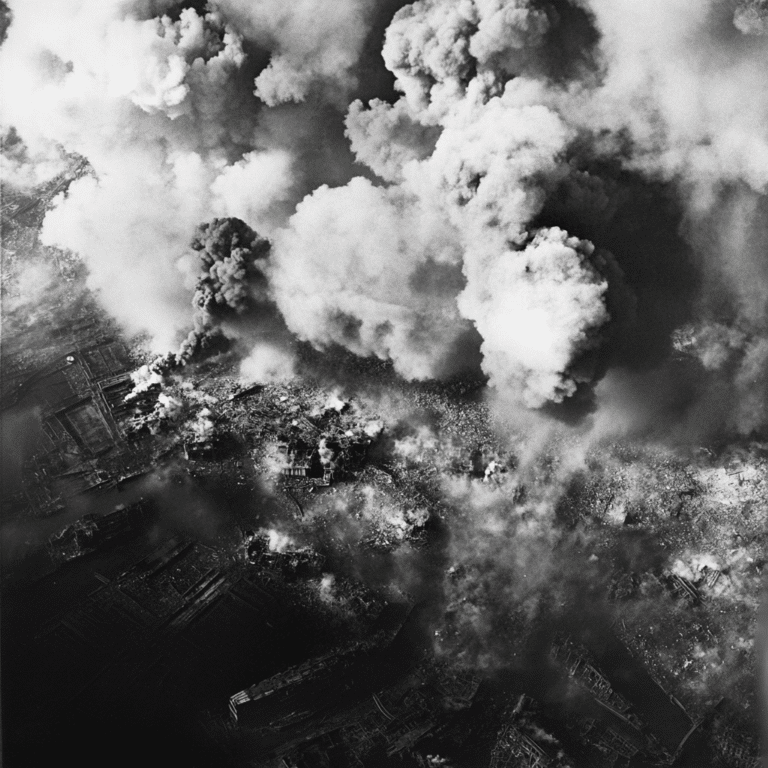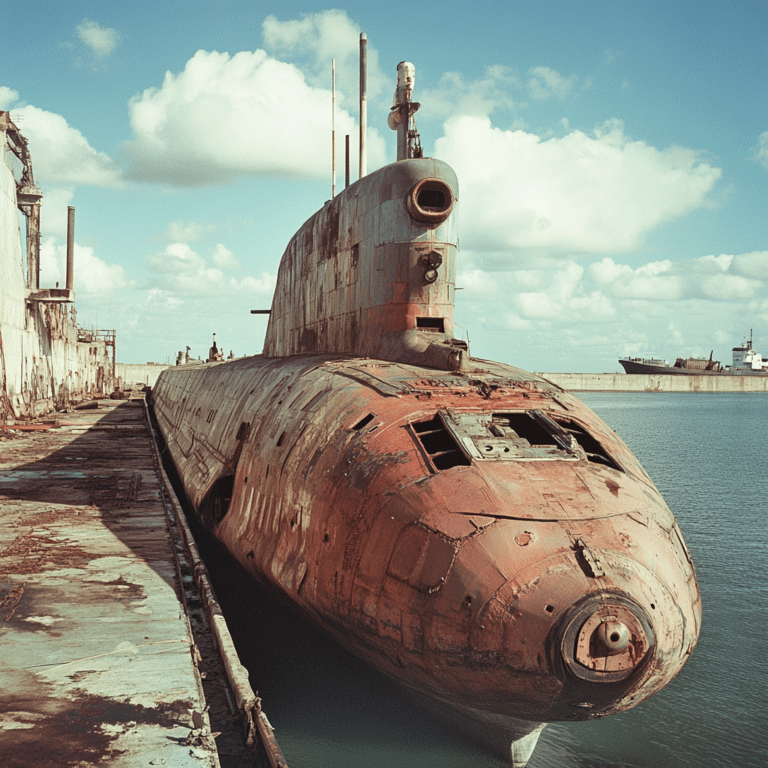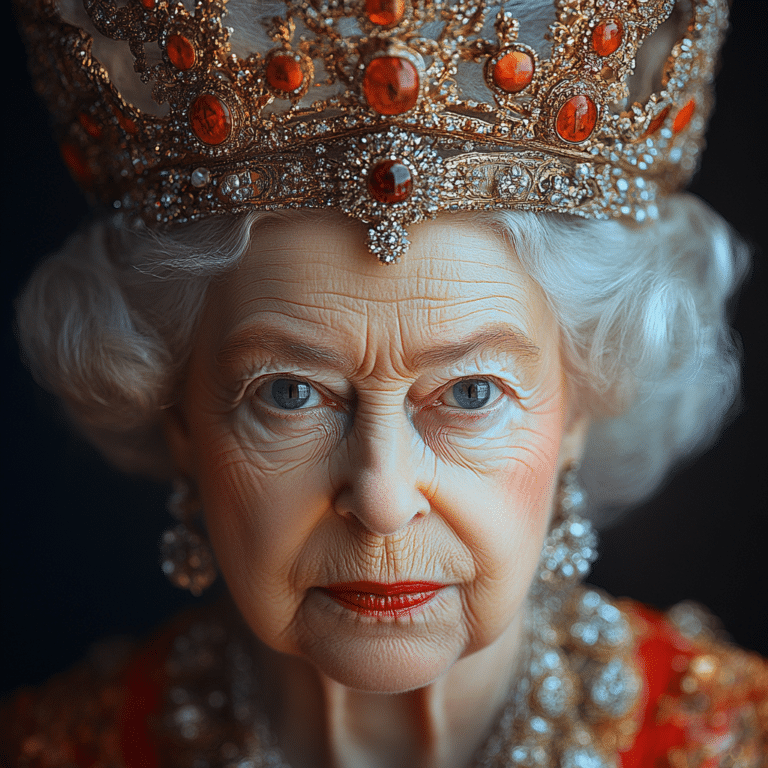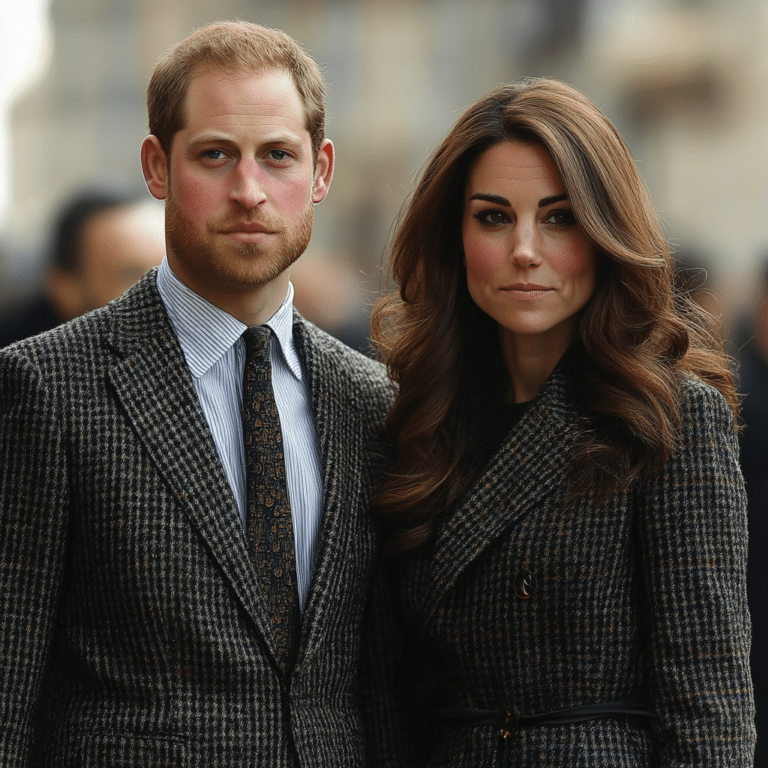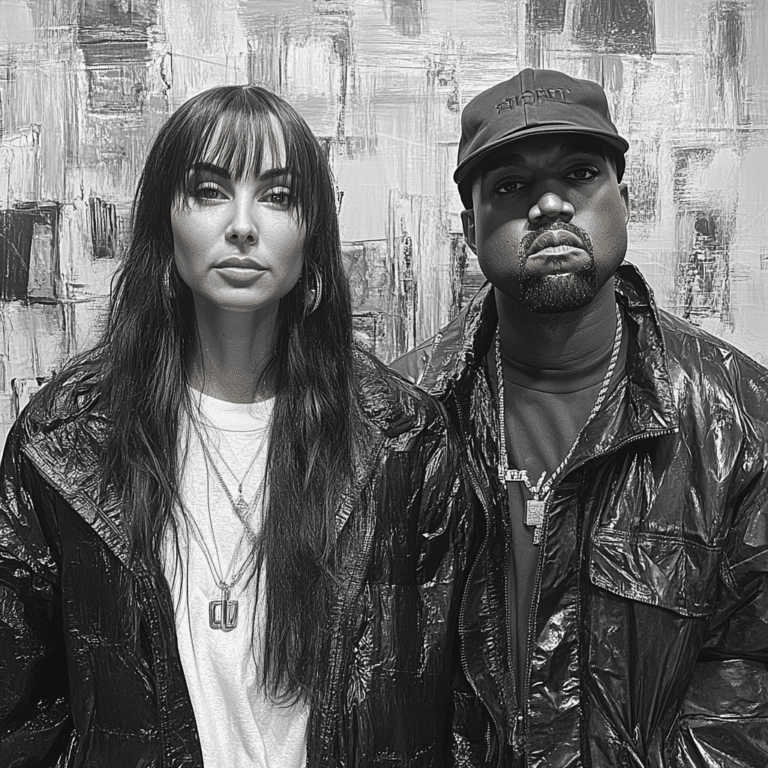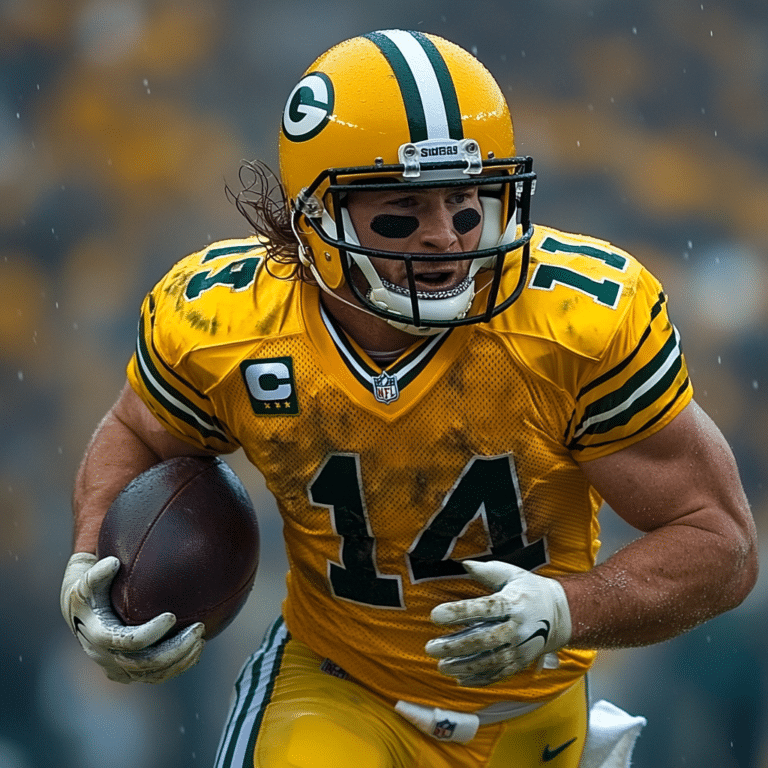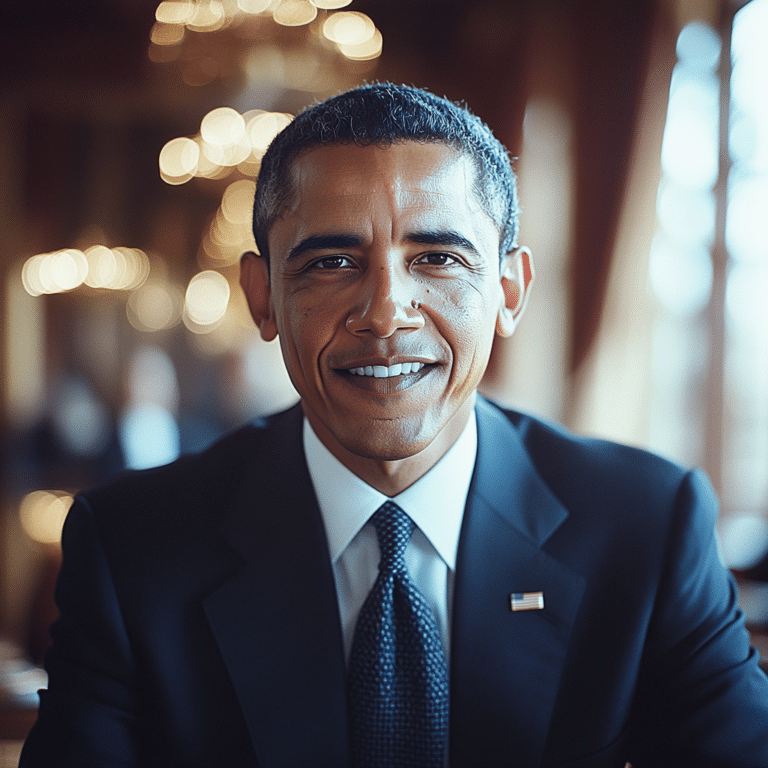The Venezuelan currency, the Bolívar, has become a tragic symbol of economic turmoil and mismanagement. Since its inception in 1879, the Bolívar was designed to capture the economic potential of a country rich in oil. Fast forward to today, and this once-proud currency now suffers under the devastating weight of hyperinflation and economic collapse. This article delves into the historical context behind the Bolívar’s decline, the multifaceted reasons for its struggles, and draws comparisons with other nations facing similar predicaments.
The Historical Context of Venezuela’s Currency Problems
When the Bolívar was first introduced, it aimed to stabilize the Venezuelan economy by adopting a gold standard. This was during a period when Venezuela was enjoying oil booms, leading to significant influxes of revenue. Sadly, as the nation leaned heavily on its oil wealth, economic diversification was neglected, setting the stage for a disaster waiting to happen.
Additionally, Venezuela’s economy began to take a nosedive around 2014, coinciding with a steep drop in oil prices. The oil revenues that once fueled economic growth dwindled, leading to a profound crisis. Hyperinflation took hold, fueled by reckless monetary policies and governmental opposition to necessary reforms. Today, inflation rates have exceeded a staggering 5,000%, causing the Bolívar to lose value faster than cash can be spent.
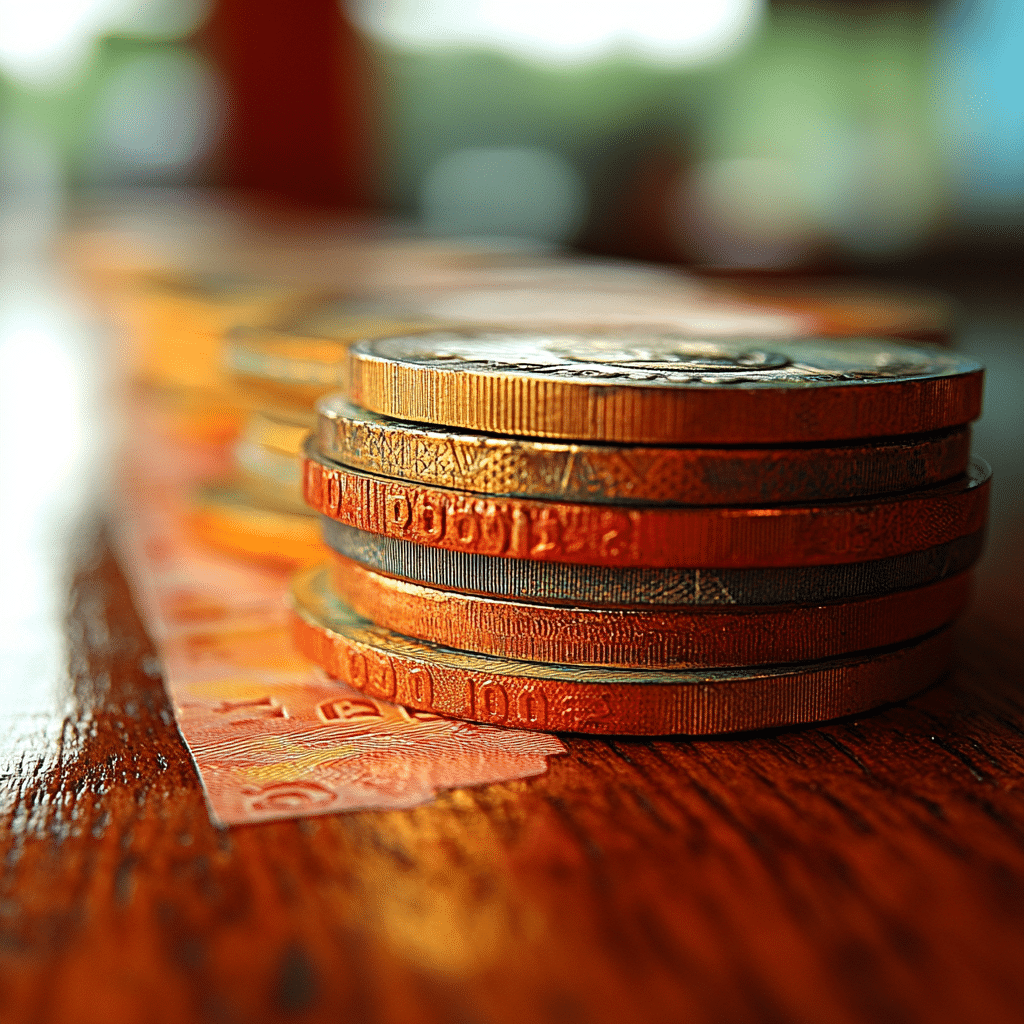
Ten Reasons Behind the Bolívar’s Decline
Comparative Analysis: Venezuela’s Monetary Strategy vs. Other Nations
Examining the Venezuelan approach reveals stark contrasts with Lebanon, where similar economic woes plague the populace. Both nations are experiencing rampant inflation due to a reliance on unstable external factors. However, Lebanon has explored more diversified international partnerships for stabilization.
Conversely, Greece emerged from its economic crisis post-2010, particularly benefiting from adopting the euro. While this currency provided crucial stability, Venezuela’s Bolívar remains tied to diminished oil revenue, leaving it floundering in a financial disaster.
Furthermore, Saudi Arabia has managed to keep its riyal stable, even amid fluctuations in oil markets. The strategic diversification in Saudi Arabia’s economy showcases how different approaches can lead to entirely different outcomes for a nation’s currency.
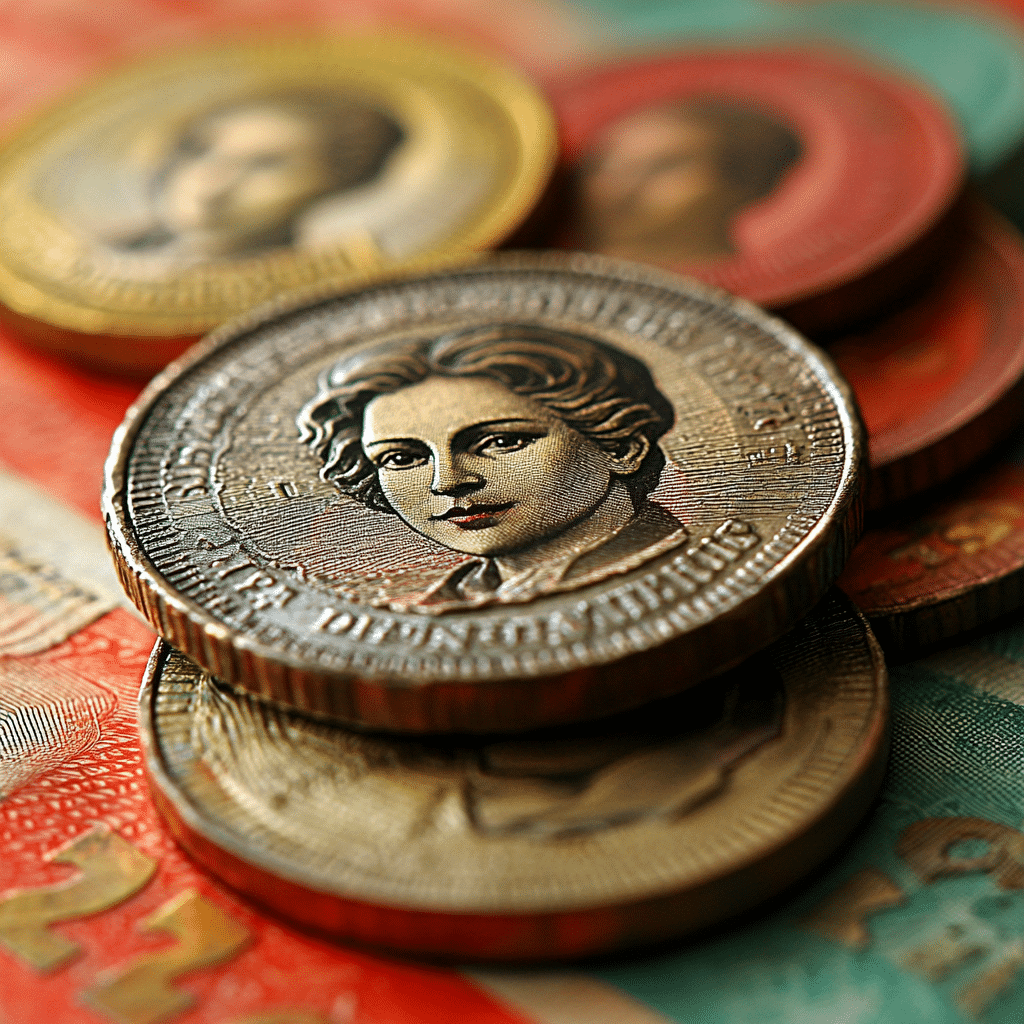
The Bolívar’s Symbolic Value: Allegiance Flags and National Identity
Delving into the Bolívar’s significance highlights its emotional and ideological weight. Much like national flags represent allegiance and identity, the Bolívar is intertwined with Venezuelan pride. It is not just paper; it symbolizes the country’s struggles and aspirations, echoing the meaning found within the Venezuelan flag and parallel connections to the Lebanese flag, Greece flag, and Saudi Arabia’s national imagery.
Much sentiment exists around the Bolívar representing not only an economic instrument but also a gauge of freedom and sovereignty. When the currency falters, it affects national identity and sentiments—deepening the crisis not just financially, but socially.
Future Predictions for Venezuela’s Currency Landscape
Looking ahead, the Venezuelan government is contemplating economic reforms, and whether these can genuinely stabilize the Bolívar remains uncertain. One prediction suggests that as the popularity of the dollar increases, the Bolívar may play a diminishing role in daily transactions.
Moreover, cryptocurrency could consolidate its position as a significant player in the economy. With rising global digital currency trends, Venezuelans may increasingly embrace this alternative as they search for stable means of carrying out transactions.
In summary, the ongoing struggles faced by Venezuela’s currency reflect a much larger tapestry of socio-economic and geopolitical challenges. The road ahead remains anything but clear, yet the resilience of the Venezuelan people shines through, echoing their enduring hope for revival amidst continuous turmoil. Their fight for economic stability is a journey filled with adversity, but perhaps, just perhaps, a brighter future still beckons at the end of the tunnel.
Venezuela Currency: A Deep Dive into the Bolívar’s Struggles
The Rise and Fall of the Bolívar
The Venezuelan currency, the Bolívar, has seen a rollercoaster ride of highs and lows over the past couple of decades. It was once a symbol of a prosperous economy, but hyperinflation has turned it into a story of struggle. Did you know that at one point, Venezuela was the richest country in South America? That’s right! It lost its footing due to mismanagement and failure to adapt in a global market. Even sports like Wrestlemania 39 can’t distract from the serious issues surrounding the Bolívar.
Facts That Pack a Punch
If you think the struggles of the Bolívar are limited to economic circles, you’re in for a shock! The daily challenges faced by Venezuelans can be just as captivating as any sporting event. Interestingly, during the peak of hyperinflation, items like eggs and bread skyrocketed in price, making them unattainable for the average citizen. On a lighter note, colorful trends like the Barbie colors are a stark contrast to the grim economic scenario, showing how culture still thrives amidst hardship.
What Lies Ahead for the Bolívar?
This persistent struggle calls for some serious revisiting of strategies. Schools like the University Of Nebraska lincoln often analyze economic patterns, making it a hot topic for scholars. But it doesn’t stop there; trivia fans might find it fascinating that there are crossword puzzles, like the Thomas Joseph crossword, that highlight world currencies, possibly touching on the Bolívar in their quests for fun. Just as athletes train hard to win, Venezuela is trying to reclaim its economy and currency. The determination in this process mirrors the spirit seen in sports like Syracuse Women ‘s lacrosse, where resilience is key to overcoming obstacles.
In the end, while the Bolívar’s future remains uncertain, one thing’s for sure: its story is filled with resilience and fierce determination, demonstrating just how interconnected economics, culture, and trivia can be in this ever-shifting landscape.
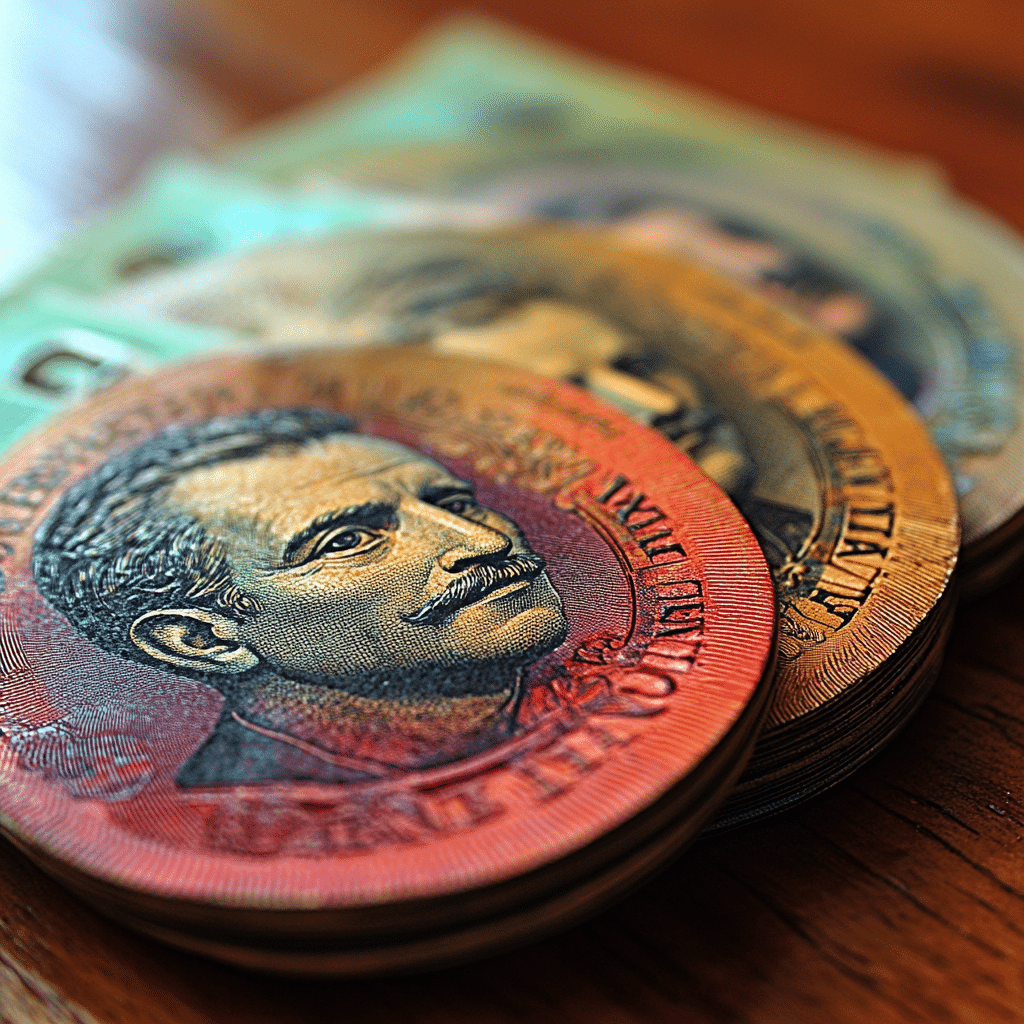
How much is $1 in Venezuela?
As of now, $1 can vary significantly in Venezuela, often being around 5 to 6 Bolívares, but it’s wise to check the latest exchange rate for the most accurate figure.
How is $100 in Venezuela?
$100 is roughly equivalent to 500 to 600 Bolívares, depending on the current exchange rate. You’ll want to look up the most recent conversion to be sure.
How much is 1000 Venezuela currency in US dollars?
When converting 1,000 Bolívares to US dollars, you’re generally looking at about $170 to $200, again depending on real-time rates.
What happened to the Venezuelan Bolivar?
The Venezuelan Bolívar has faced severe inflation over the years, leading to multiple redenominations and a sharp decline in its value, resulting in a need for everyday transactions to involve large sums.
How far does 1 USD go in Venezuela?
One US dollar can stretch quite a bit in Venezuela, often significantly more than it would in many other places due to the local economic conditions, but prices can still vary widely.
What is $20 in Venezuela?
$20 is often around 100 to 120 Bolívares, but check current rates since inflation can affect values fast.
How is $500 to Venezuela?
$500 converts to about 2,500 to 3,000 Bolívares, though values shift quickly with the inflation rates and market conditions.
How much is a gallon of milk in Venezuela?
A gallon of milk might cost about 5 to 10 Bolívares, but prices can fluctuate, so it’s best to double-check local prices when you’re there.
How much is 5000 Venezuela currency to dollar?
Converting 5,000 Bolívares to dollars might give you around $850 to $1,000, depending on the exchange rates at that time.
Does Venezuela use American dollar?
Yes, the US dollar is widely used in Venezuela alongside the Bolívar, especially for larger transactions and in many stores.
How much is rent in Venezuela?
Rent in Venezuela can vary, but you might expect to pay around 50 to 150 Bolívares for a basic apartment, though this can vary significantly by location.
How much is $1 dollar in Zimbabwe?
$1 is worth about 1,000 to 1,200 Zimbabwean dollars currently, but that’ll vary with ongoing economic changes.
Why did the US ban Venezuela?
The US banned Venezuela due to a mix of political issues, human rights violations, and sanctions aimed at targeting the Venezuelan government and its actions.
What is 1 US dollar worth in Venezuela?
Currently, 1 US dollar is typically worth between 5 to 6 Bolívares, but exchange rates can be volatile, so it’s good to stay updated.
Is it safe to travel to Venezuela?
Traveling to Venezuela isn’t considered very safe due to high crime rates and political instability, so caution is advised if you’re thinking about going.
How much is 100 Venezuelan currency to dollars?
Bolívares usually translates to about $17 to $20, but keep an eye on the current rates since they can change rapidly.
How much money is 10 dollars in Venezuela?
When it comes to $10 in Venezuela, you might be looking at about 50 to 60 Bolívares, though it’s best to check the latest figures for accuracy.
How much is a loaf of bread in Venezuela?
A loaf of bread in Venezuela might run you between 1 and 2 Bolívares, but food prices can vary due to local supply and demand.
How much is $1 dollar in Zimbabwe?
In Zimbabwe, $1 is currently worth about 1,000 to 1,200 Zimbabwean dollars, but watch for fluctuations as the situation on the ground can change quickly.

